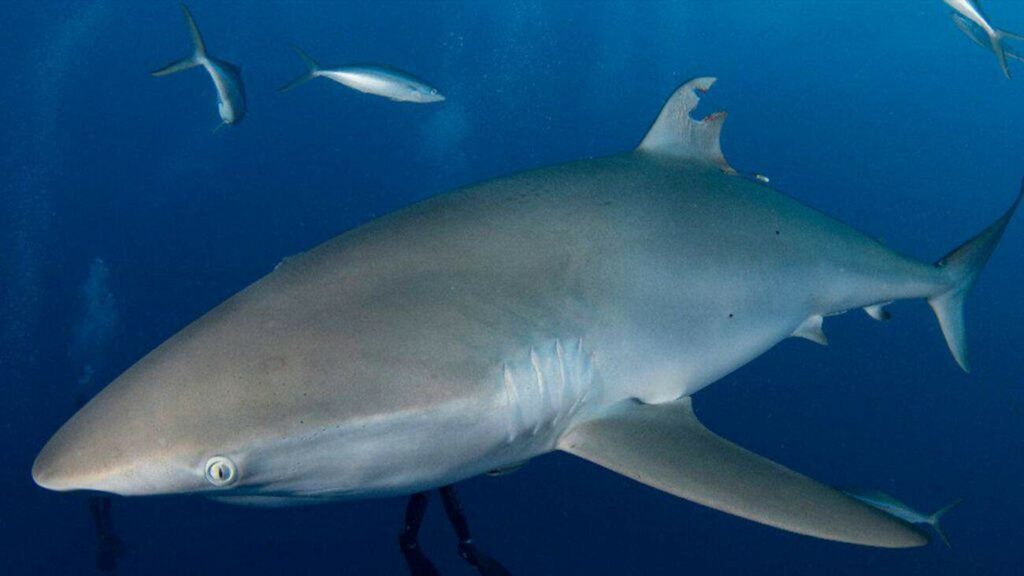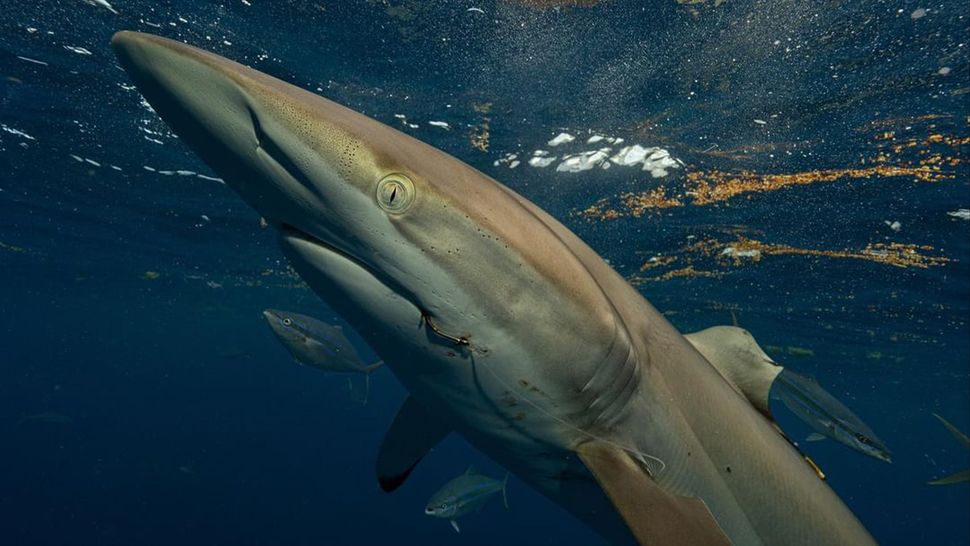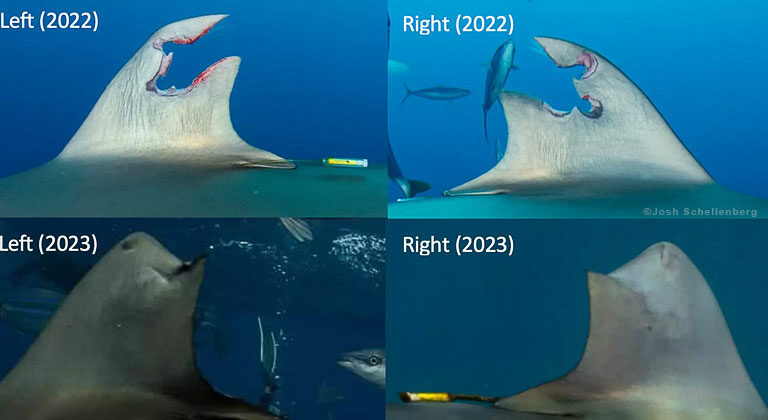Sharks are fascinating creatures that have been around for millions of years. They are known for their sharp teeth, powerful jaws, and sleek bodies that allow them to glide through the water with ease. However, one of the most interesting things about sharks is their ability to regenerate body parts, including their dorsal fins.
Recently, a silky shark was found to have regrown its dorsal fin after suffering a traumatic injury at the hands of humans near the town of Jupiter in Florida 1. The shark had a satellite tracker tag attached to it, which someone had cut out, thus leaving a gaping hole in the shark’s dorsal fin. This is only the second time in history that a shark has been observed regrowing a dorsal fin 23.

Sharks are cartilaginous fish, which means that their skeletons are made of cartilage rather than bone. This makes them more flexible and lighter than bony fish, but it also means that they cannot regenerate their bones like other animals can. However, sharks have evolved the ability to regenerate other body parts, including their teeth, skin, and fins.
The dorsal fin is a prominent feature of sharks that helps them maintain balance and stability in the water. It is located on the shark’s back and is used to keep the shark from rolling over. The dorsal fin is made up of a series of spines that are connected by a membrane of skin. When a shark loses its dorsal fin, it can be a serious problem that affects its ability to swim and hunt.
The process of dorsal fin regeneration in sharks is not well understood, but scientists believe that it involves the activation of certain genes that are responsible for tissue growth and repair. When a shark loses its dorsal fin, the cells around the wound site begin to divide and multiply, forming a mass of undifferentiated cells called a blastema. The blastema then differentiates into the various tissues that make up the dorsal fin, including the spines and skin.

The regeneration of a dorsal fin can take several months or even years, depending on the size of the fin and the species of shark. In the case of the silky shark that regrew its dorsal fin, it took only 332 days for the fin to heal to 87% of its original size 3. This is a remarkable feat that demonstrates the incredible regenerative abilities of sharks.
The ability of sharks to regenerate their dorsal fins has important implications for conservation efforts. Sharks are often caught by fishermen for their fins, which are used to make shark fin soup, a delicacy in some cultures. The practice of shark finning has led to a decline in shark populations around the world, and many species of sharks are now endangered.

By studying the process of dorsal fin regeneration in sharks, scientists may be able to develop new treatments for human injuries and diseases. For example, the activation of certain genes that are involved in dorsal fin regeneration may also be useful in the regeneration of human tissues, such as skin and bone.
In conclusion, the regrowth of a dorsal fin in a shark is a remarkable feat that demonstrates the incredible regenerative abilities of these fascinating creatures. While the process of dorsal fin regeneration is not well understood, scientists are working to uncover the genetic and cellular mechanisms that underlie this process. By studying the regenerative abilities of sharks, we may be able to develop new treatments for human injuries and diseases, as well as better understand the biology of these ancient and mysterious creatures.

